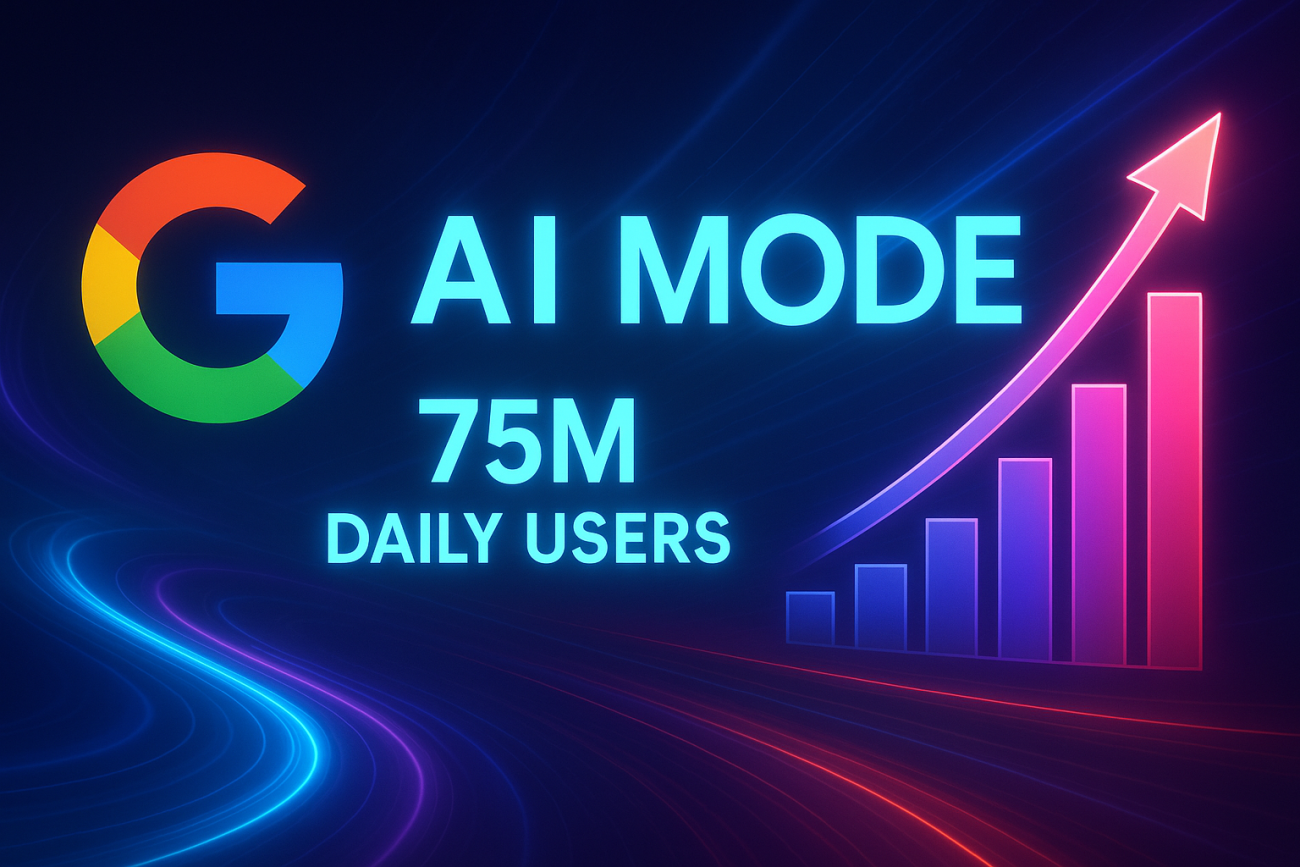⬤ Google's Gemini and Veo 3 are growing faster than anything the company has ever launched. Gemini now sits at 650 million monthly active users, with query volumes tripling since Q2. The AI assistant has quietly worked its way into search, productivity apps, and mobile tools, becoming a default part of how millions interact with Google services daily.
⬤ The numbers behind the scenes are massive. Gemini is processing 1.3 quadrillion tokens per month across Google's ecosystem, while direct API calls hit 7 billion tokens per minute. Over 13 million developers are now building on Google's AI infrastructure. Veo 3, the video generation tool, has already cranked out more than 230 million videos and is being folded deeper into YouTube and Google's marketing products. This isn't just experimentation anymore—it's large-scale deployment across creative, business, and analytical use cases.
⬤ The enterprise side is picking up steam too. Gemini Enterprise crossed 2 million paid seats spanning 700 companies, showing real commercial traction beyond consumer hype. With Gemini 3 expected later this year, Google is gearing up for another round of upgrades. But the real challenge now isn't adoption—it's infrastructure. Keeping up with usage spikes while controlling costs is becoming the central bottleneck as demand continues climbing.

⬤ What's clear is that generative AI is no longer a side project at Google—it's becoming core infrastructure. As adoption spreads across developers, enterprises, and consumer platforms, questions around cloud capacity, operating expenses, and competitive positioning will shape how GOOGL navigates the next phase of the AI race.
 Saad Ullah
Saad Ullah

 Saad Ullah
Saad Ullah


